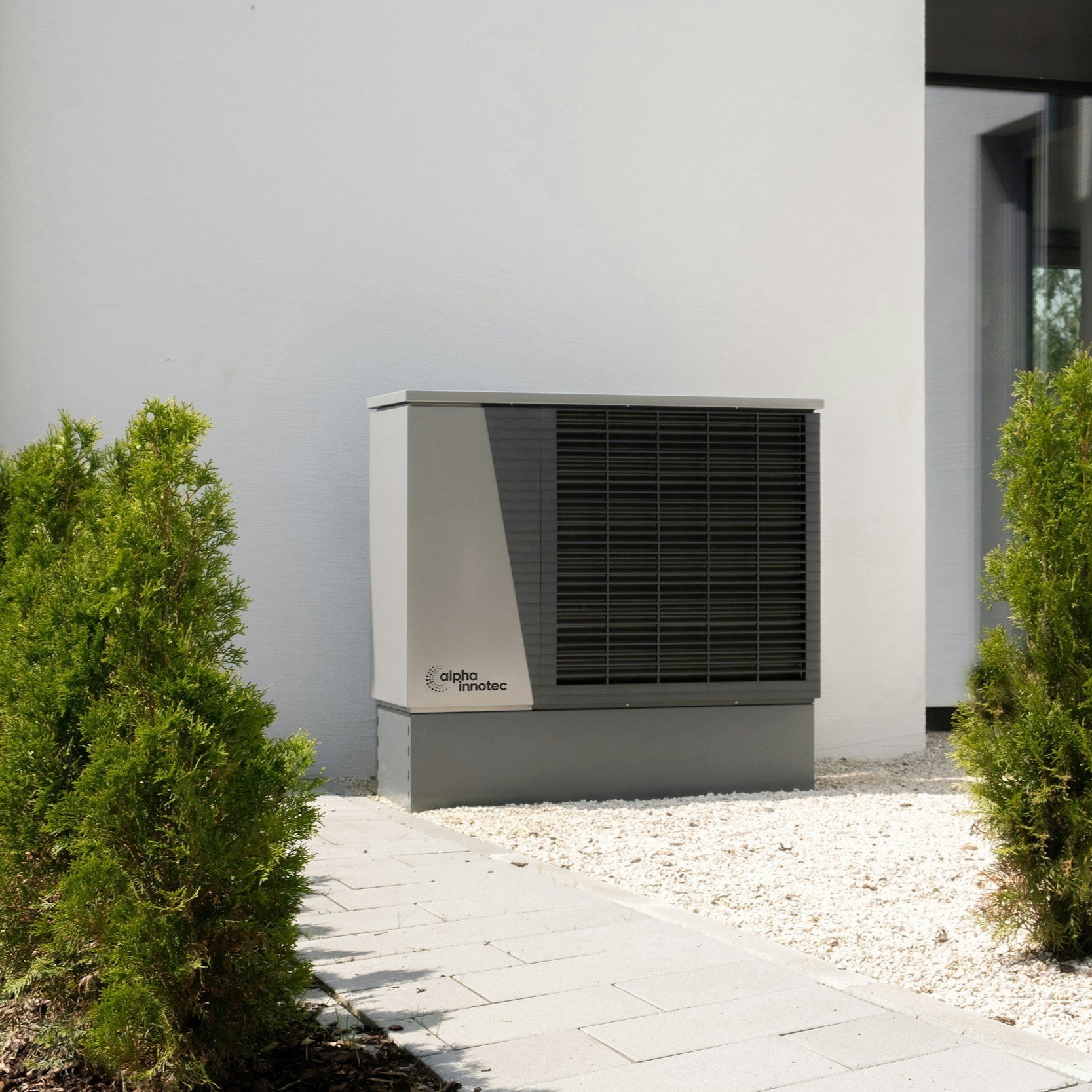Anatomy of a Heat Pump
Understanding the components and operation of a heat pump is essential for anyone considering heat pump installation and repair.
A heat pump is an energy-efficient system that delivers heating and cooling for homes and businesses. Unlike traditional HVAC systems that produce heat or cold air, a heat pump transports heat from one area to another, making it a versatile and cost-effective solution for climate control. Understanding the components and operation of a heat pump is essential for anyone considering heat pump installation and repair.
The Basic Components of a Heat Pump
A heat pump consists of several vital components that regulate temperature. These components include the compressor, condenser, evaporator, expansion valve, and refrigerant. Each part is critical in the system's ability to transfer heat efficiently.
Compressor: The compressor is the heart of the heat pump system. It circulates the refrigerant from the indoor and outdoor units, compressing it to raise its temperature. The compressor's ability to increase the refrigerant's pressure and temperature allows the heat pump to transfer heat into or out of space effectively.
Condenser: The condenser is located in the heat pump's outdoor unit. After the refrigerant is compressed, it flows into the condenser, where it releases the absorbed heat. In cooling mode, the heat is expelled into the outside air. The process is reversed in heating mode, and the condenser helps release heat into the home.
Evaporator: The evaporator is found in the heat pump's indoor unit. It absorbs heat from the indoor air during the cooling process. In heating mode, the evaporator functions as a collector, absorbing heat from the outdoor air, even in cold conditions, and transferring it inside. The evaporator's ability to absorb heat is a key factor in the heat pump's efficiency.
Expansion Valve: The expansion valve manages refrigerant flow into the evaporator. It lowers the refrigerant's pressure, permitting it to expand and cool before entering the evaporator. This cooling effect lets the refrigerant absorb heat from the air in the evaporator coil.
Refrigerant: Refrigerant is the material that circulates through the heat pump, absorbing and discharging heat as it changes states between liquid and gas. A heat pump's efficiency and environmental impact largely depend on the type of refrigerant used. Modern heat pumps typically use more environmentally friendly and efficient refrigerants.
The Heat Transfer Process
The operation of a heat pump is established on the principles of heat transfer, where heat naturally moves from warmer to cooler areas. A heat pump uses this principle to move heat between the inside and outside of a building, depending on the desired temperature.
In cooling mode, the heat pump absorbs heat from the indoor air via the evaporator coil. The refrigerant in the evaporator absorbs this heat and turns it into a gas. The compressor then pumps this gas to the condenser, releasing the heat to the outside air as the refrigerant returns to a liquid state. The process repeats, continuously removing heat from the indoor environment.
In heating mode, the method is reversed. The heat pump absorbs heat from the outdoor air, even in cold weather, and relocates it inside. The evaporator coil is a collector, while the condenser releases the absorbed heat into the indoor air. This ability to reverse the heat transfer makes heat pumps highly versatile and energy-efficient.
Types of Heat Pumps
Several types of heat pumps are available, each suited to different climates and installation requirements.
Air-Source Heat Pumps: The most common type of air-source heat pump transfers heat from indoor and outdoor air. These systems are ideal for moderate climates and can be used for both heating and cooling.
Ground-Source Heat Pumps: Also known as geothermal heat pumps, ground-source systems transfer heat between indoor spaces and the ground. These systems are more effective than air-source heat pumps, as the ground maintains a relatively constant temperature throughout the year.
Water-Source Heat Pumps: Water-source heat pumps transfer heat between indoor air and water sources, such as lakes or wells. These efficient systems can be a good option in areas with a suitable water source.
Maintenance and Repair Considerations
Regular maintenance is fundamental for a heat pump's efficient operation and longevity. Common maintenance tasks are cleaning or replacing filters, inspecting the outdoor unit for debris, and checking refrigerant levels—engaging professionals who specialize in heat pump installation and repair guarantees that the system is appropriately serviced.
Final Thoughts
A heat pump is a functional and energy-efficient solution for heating and cooling, with several key components working together to transfer heat effectively. Understanding the anatomy and operation of a heat pump helps make informed decisions about installation, maintenance, and repair. Whether considering an air-source, ground-source, or water-source system, working with professionals ensures that the heat pump operates at peak efficiency, providing reliable comfort throughout the year.
Forecast Heating, Cooling, and Refrigeration is a licensed HVAC company dedicated to providing affordable and reliable heating installation and replacement, heating repair and maintenance, heat pump installation, heat pump repair, and heat pump replacement. Call us for a free, no-obligation estimate.

